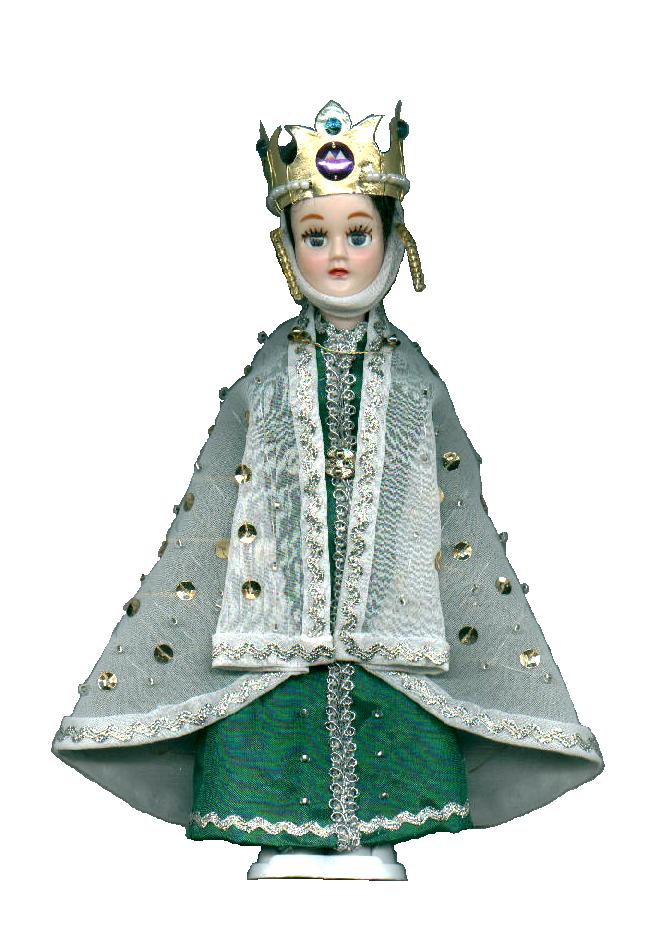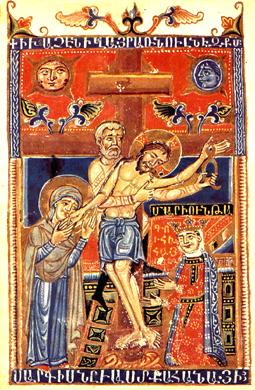
|
|
Tell a friend Bookmark Us Contact Us
Queen Marian, who reigned in the 14th Century.Source: Biblical
illustrations by the famous painter Sargis Pitsak (14th Century).

At the beginning of the fourteenth century political and social conditions in
Cilicia again became stable after the great upheaval of the late thirteenth century.
With the improvement in conditions new artistic centers developed in the capital,
Sis, as well as in other cities and in monasteries throughout the kingdom.
The scribe and painter, Sargis kahana (married priest), was the son of Gregor kahana,
himself a scribe and painter. His name is first recorded in 1301 by his father,
who states that this Gospel was copied with the help of his son Sargis, and he
wishes him a long life as an artist. The wish of his father, who was probably his
teacher, was fulfilled, because Sargis is known to have been still active as an
artist more than fifty years later.HISTORY

|
|
the Cross, with Queen Marian worshiping, and with the signature of Sargis Pitsak, who painted her Gospel in 1346. The original illustration is kept at the St. James Church Museum, Jerusalem. |
Sargis is known to have illustrated different types of manuscripts. Besides Gospel books and Bibles, he is thought to have worked on a Psalter and a Ritual; and he favored the fashionable hymnal, but also illustrated a Synaxarion in 1348 and a set of Assizes of Antioch in 1331.
The Gospel of 1346 by the scribe Nerses and illuminated by Sargis Pitsak was dedicated to Queen Marian. It is one of the richest manuscripts painted by Pitsak. The iconography of the episodes is traditional, and the composition somewhat compressed in accordance with Sargis Pitsak's special style. In most of the miniatures Sargis included the crowned Queen, at times taking an active part in the scene. The Descent from the Cross is divided into differently colored compartments. Joseph of Arimathea, climbing a decorated ladder, holds Christ's body and Queen Marian kneels in a separate compartment on the right. This is one of the panels to which Sargis Pitsak added his name.
During his long life Sargis produced scores of illuminated manuscripts, so many of which survived that he can be considered the best documented Armenian artist of the Middle Ages. He painted three self-portraits in three different periods of his life. The political situation during the third quarter of the fourteenth century had already deteriorated, and it is quite understandable that no other artistic school developed there at that time. Sargis was the last of the great artists of the Armenian Kingdom of Cilicia.